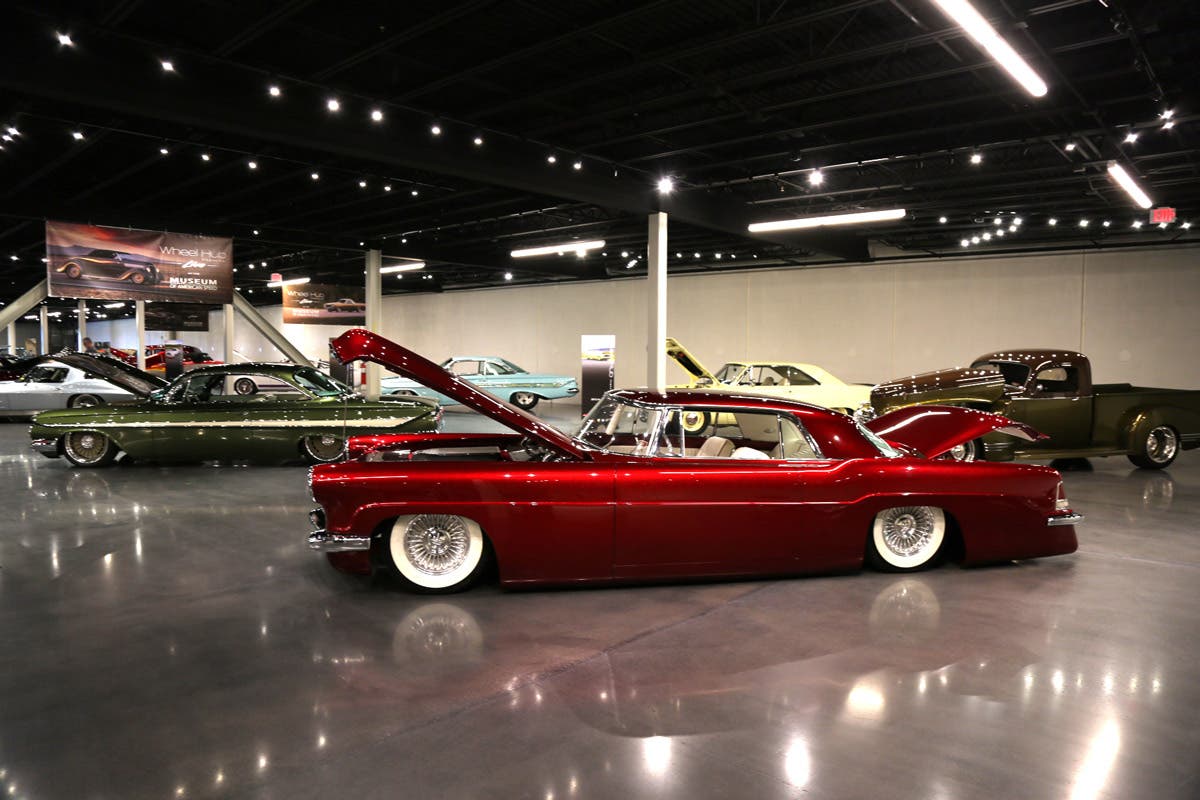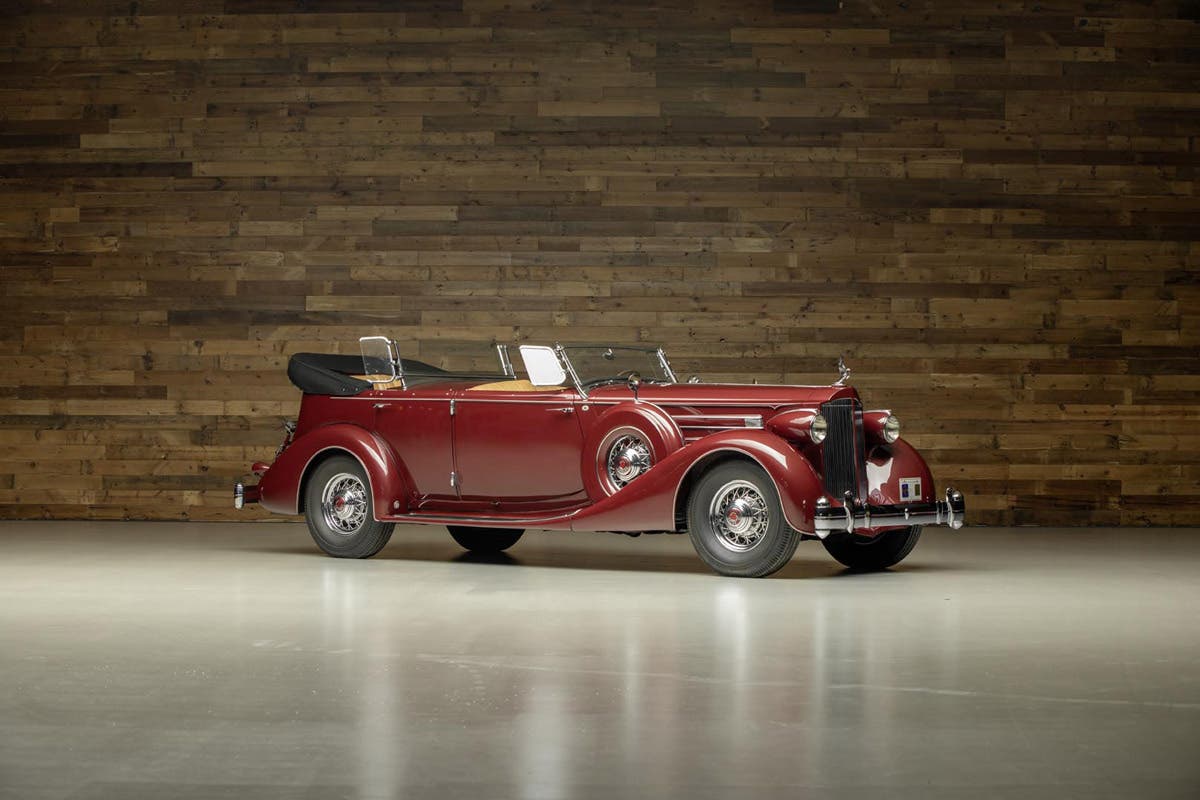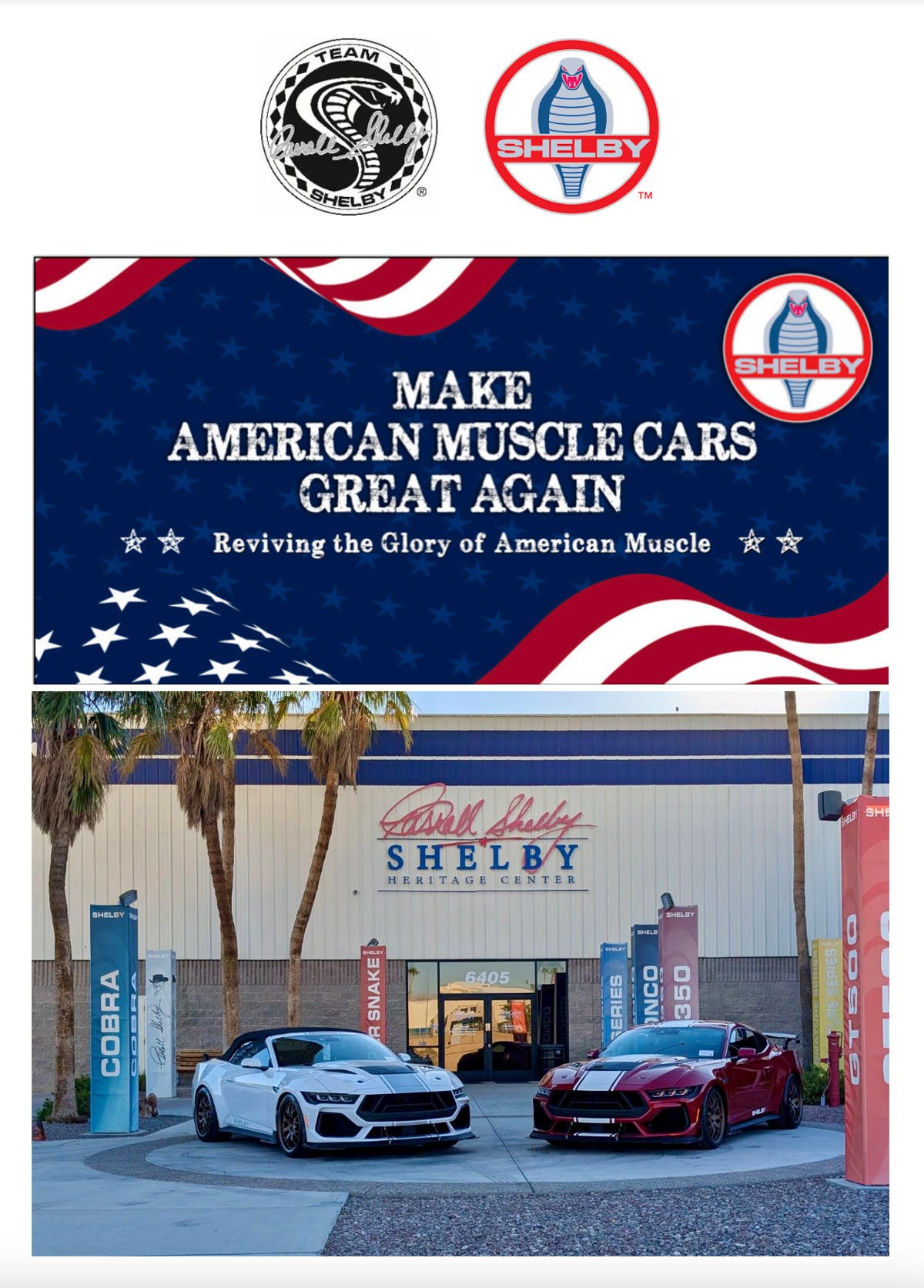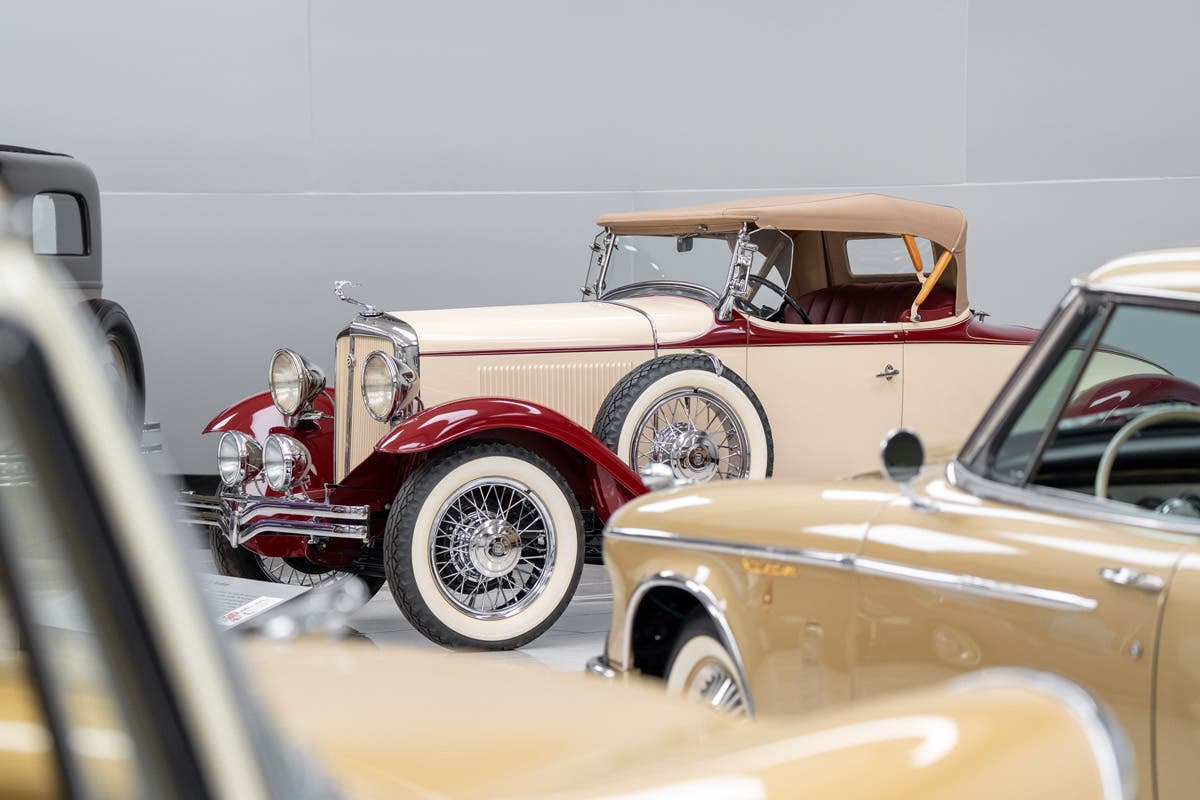OK, I'll admit I have a soft spot for Saabs ' as I do for just about any kind of offbeat car. The fact that I used to work for the company gives me an even deeper attachment to the Saab brand. Add to that my natural attraction to high-fuel-economy automobiles, and you can see why this week I've chosen to focus on the Saab 92, which was the first production car from Saab. By the way, Saab's initials stand for Svenska Aeroplan Aktiebolaget, which translates to Swedish Airplane Co. As you might guess, the company built airplanes before it decided to branch out to automobiles. That happened after World War II ended.
The little 92 was a front-wheel-drive car that was powered by a two-cylinder,
You say you don't remember the Saab 92? That's okay; there's no need to worry that you're suffering from lost brain cells or a lack of vitamin B. The truth is the Saab 92 was never sold in the United States; it was strictly for the Scandinavian market plus a few other lucky countries in Europe. However, some years ago, I was lucky enough to get behind the wheel of a virtually new Saab 92, so I guess I'm as familiar with it as any American can be. Considering its oddball mechanical specifications, I wonder if it could have been sold here successfully.
In general, the Saab 92 looks like other Saab two-door sedans of the 1950s and 1960s. The body has that same stubby teardrop shape seen on the later Saab 93 and 96 models. It was considered very aerodynamic and perhaps it really was. The body itself was made up of fairly simple shapes. The front fenders were shallow stampings without intricate or deeply pressed forms, a trick done to reduce tooling expense. The hood dropped down to the grille area and also carried the headlamps. Below that was a simple grille comprised of a few chrome bars. Notice how the wheels are semi-enclosed, like a Nash. A former Nash engineer once told me Nash helped the Swedes design their first car, so it's possible the little Saab was influenced by the big Nash Ambassador. Although the Saab 92 was not a large car, a high beltline and thick roof panel gave it a solid look. That's not just smoke and mirrors either; Saabs were always engineered with an extra margin of safety built in. Like the Nash, the 92 was a unibody car, a much safer, more crash-worthy design than conventional full-frame cars.
The Saab 92 had semi-enclosed fenders, a hood that incorporated the headlamps and front-opening, suicide-style doors.
There were two annoying features I should mention. Like the early Nash/Hudson Metropolitans, the Saab 92 had no external trunk lid; it had been deleted to cut costs. And all the early Saabs were painted green, a drab shade somewhere in between military green and hospital green.
Saab engineers knew a lot about designing airplanes but little about cars, so they pulled various wrecks out of auto junkyards and used-car lots, studying their construction and copying features they thought were good. Apparently, they studied a lot of DKW models, because, for many years, Saabs had a lot of the same engineering features seen on DKWs, like two- and three-cylinder engines of two-stroke design.
The Saab 92's engine was a two-cylinder affair of just ' are you sitting down? ' 46.6 cid. That works out to 764cc, or about the same as a mid-size motorcycle of the 1970s. Like the DKW, the Saab's engine was a two-stroke, so it produced a pretty decent amount of power for its size ' 25 hp, to be exact, reached at 3,800 rpm. If you mull that number over a bit, you'll realize it's only a little more than the average lawn tractor has today, and probably less than some. This cute little engine had a cast-iron block with a light alloy head and a 6.6:1 compression ratio. I've never heard what the Saab 92 got for gas mileage, but based on personal experience with a three-cylinder Saab 96, I'd guess it was good for 35-40 mpg. When you consider how far technology has advanced since then, you have to wonder why modern cars don't get better gas mileage.
Like the early Nash/Hudson Metropolitans, the Saab 92 didn't have an exterior trunk lid.
Because the engine was a two-stroke, oil needed to be added to the gasoline to provide lubrication to the internals. In Europe, there were special fuel pumps to dispense premixed oil/gas, but not here in the United States. However, I added oil to the gas tank of my Saab 96 for several years, and I don't recall it being any great handicap. I just made sure to keep a few extra cans of the special oil in my trunk.
Like DKWs of that era, the Saab 92 featured front-wheel drive. That's not anything unique today, but in the 1950s, it was quite rare. The Saab 92's transmission was a three-speed manual with a column shifter and had synchros only on second and third gears. Since the car was lacking an excess of power, you might think the engineers would have specified a full-synchro tranny, but for whatever reason ' probably cost ' they didn't. It wasn't the most pleasant transmission to use, and the four-speed units seen on later Saabs was a vast improvement.
So not a great car, but certainly an interesting one. Production of the Saab 92 was never very high. The 92 model was produced from 1950 to 1955 (a small run of pilot cars was produced in 1949), when it was replaced by the greatly improved and much more powerful Saab 93 introduced in December 1955.








